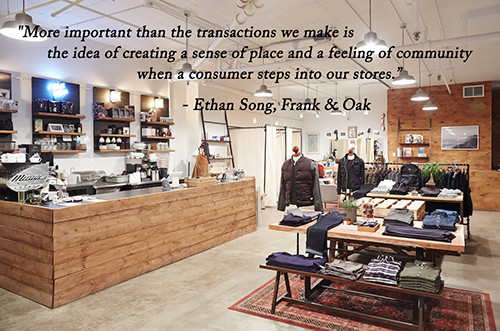Fast Company Predicts the Future of Shopping in 2020

Fast Company, the magazine and media brand who focus on the ever-changing business practices that result from the exponential evolution of technology and economics, and really just the human race as a whole, has released its projection of what shopping will be like in the year 2020. While science fiction films set in the decade suggest all manner of dystopic and/or robotic scenarios, Fast Company makes a more measured assessment.
“The mall is practically a rite of passage for cool teens cultivating a social life. But with brick-and-mortar on a decline, malls will need to look beyond the RadioShacks, Aeropostales and Cinnabons to stay busy,” explains Chris Gayomali. Taking into account the growing shift from brick-and-mortar to e-commerce, the prediction is that in “5 short years,” stores will have essentially transformed from something that has been historically driven by the transaction, into something more marketing driven. Westfield Labs’ chief digital officer Kevin McKenzie notes that “While sometimes a shopper just wants to make a purchase, other times they want to see, touch, and experience a product before making a purchasing decision, or maybe even just be inspired.”
Ethan Song, Frank & Oak’s co-founder and CEO, agrees. “More important than the transactions we make is the idea of creating a sense of place and a feeling of community when a consumer steps into our stores. Allowing people to experience the brand first hand and in person allows this sense of community to flourish. Incorporating things like social gatherings and coffee shops in our stores underlines our commitment to building not just a store, but a place people want to be.”
But, while Fast Company portends the end of in-store retail as we know it, there is another side of the argument. Commerce forecasting site pymnts.com points out that brick-and-mortar sales continue to dwarf sales online. They note that “in 2013, the U.S. Census Bureau reported that, overall, 94 percent of retail sales were conducted in brick-and-mortar stores, while just 6 percent occurred online. And while the balance is shifting and some categories may flip or tip that more, eCommerce [David] is going to have to grow at a very fast rate for a while before it starts throwing rocks at Goliath that really hurt.”








